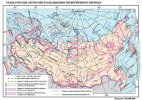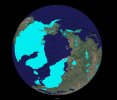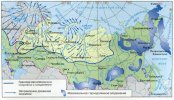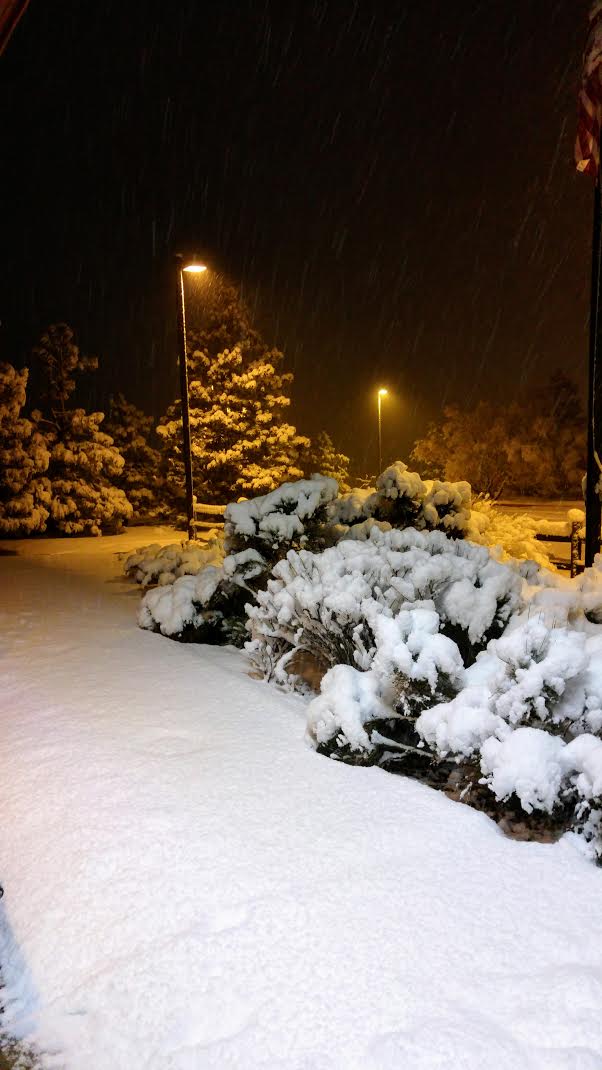VEGETABLES are being rationed in supermarkets across the UK after storms and snow in Spain decimated crops, causing a supply shortage.
Signs warning customers they can only buy limited numbers of certain items have sprung up in stores, while online shoppers are unable to order basic vegetables such as lettuces as they are out of stock. And there are fears the severe shortage could lead to a European trade war – with industry experts warning the UK could end up with nothing if France and Germany are prepared to pay more for their veg.
The drought began with aubergines and courgettes, but customers can expect shortages of iceberg lettuce, baby spinach, mixed leaves, rocket, lollo rossa, cauliflower, broccoli, peppers, cucumbers, tomatoes, lemons, and oranges, reports the Daily Mail.
Morrisons has imposed a limit of three heads of broccoli and three iceberg lettuces per customer throughout its 492 stores. And some Tesco stores are also displaying signs capping lettuces at three per person.
Earlier this month, The Sun Online was the first publication to report about shortages of courgettes due to the bad weather in Spain. Storms and snow in parts of Spain, including the southern eastern area of Murcia, are to blame for supply problems with crops. The region produces 80 per cent of vegetables sold in the UK during winter.
Italy has also been affected by a cold snap, meaning the region is having to import more produce that it would expect at this time of year. Industry experts told this newspaper that supply shortages of courgettes could continue until June at least.
While the availability of tomatoes, peppers, broccoli and lettuce may be tight until at least May.
(...)
Industry experts warned Britain could end up fighting with its European rivals to snap up the limited supply of veg from the Mediterranean.
British Leafy Salads Association (BLSA) spokesman Dieter Lloyd said: “If the German or French markets are prepared to pay more for the product, we could end up with nothing.
“These difficult trading conditions are set to continue into February and March.” He said contingency supplies were expected to be flown in from the US but this was an “expensive solution”.
(...)
Flooding, plummeting temperatures and poor light are said to have created a “perfect storm” which is to blame for the poor crop.
Spain’s south-eastern Murcia region – estimated to supply 80 per cent of the continent’s fresh produce in winter – has experienced the heaviest rainfall seen in 30 years. Italy, which normally exports vegetables at this time of year, is being forced to import after unusually cold temperatures took their toll on crops. And the Spanish regions of Andalucia and Valencia have also seen a dramatic dip in production.
Philippe Binard, of produce industry forum Freshfel Europe, told the BBC the problems crippling agriculture were unprecedented. Production levels of some crops had dropped by as much as 25 per cent, with prices rising by between 25 and 40 per cent, he said.















